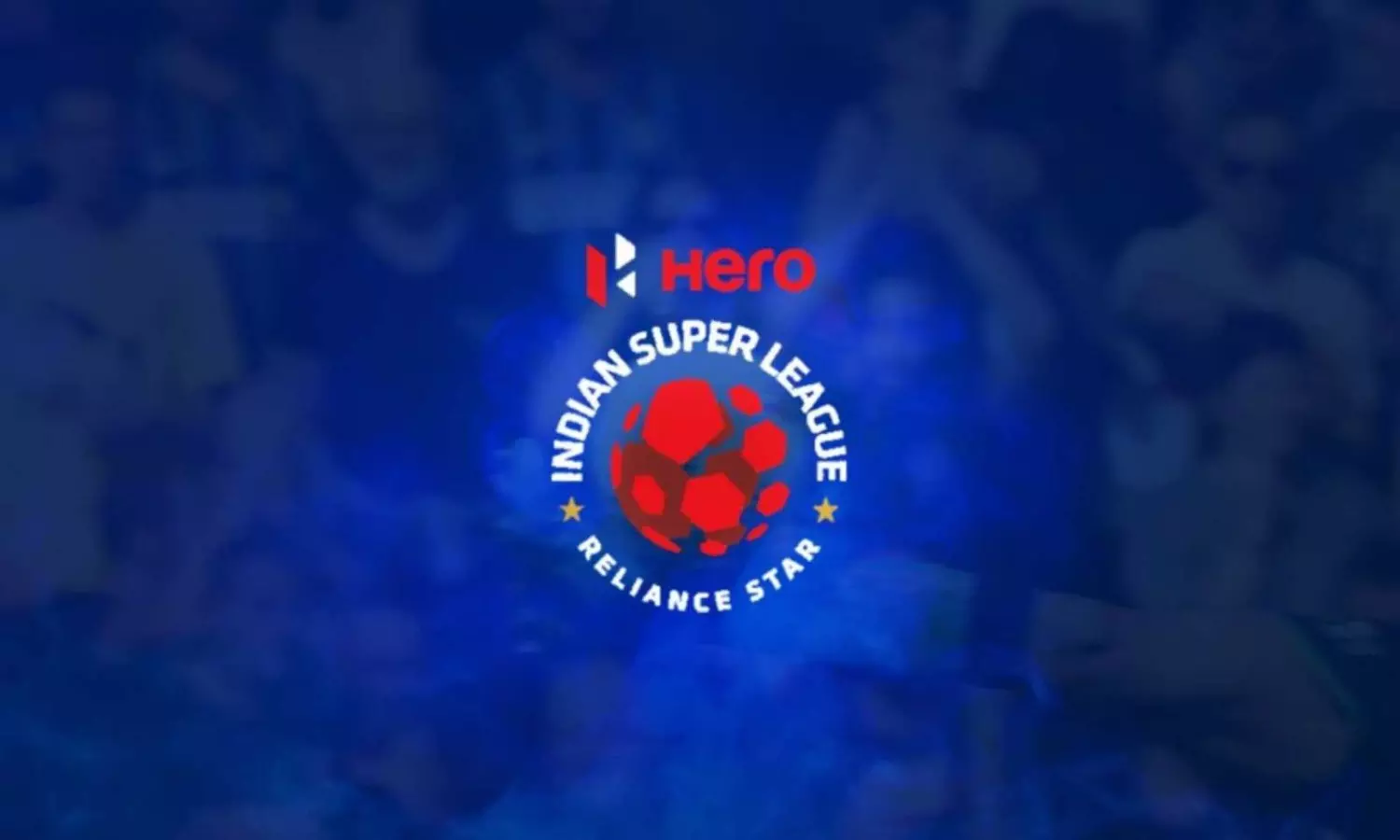Football
ISL clubs struggle under unbalanced revenue model: A call for financial reform
The Indian Super League (ISL) clubs are grappling with financial challenges due to an unbalanced revenue model.

Indian Super League
Star Sports' ownership of the broadcasting rights for the Indian Super League (ISL) has come to an end after the conclusion of the 5+4 year-long broadcasting deal signed with Football Sports Development Limited (FSDL).
Previously, the FSDL was responsible for managing the production of the ISL, while Star Sports, which also co-owned the league, handled broadcasting, marketing, and sponsorship.
Now, an open-bidding process is underway to secure the broadcasting rights for the ISL from the upcoming 2023-2024 season. Three contenders are in the race: Sports18 in partnership with JioTV, Star Sports in collaboration with Disney+HotStar, and Sony Sports along with SonyLiv.
Roel Vries, the COO of the City Football Group, spoke about the potential new broadcasting deal for the ISL, stating that it would be a starting point rather than a final outcome. He emphasized the need to grow the sport in this market.
Of the three contenders, Sports18, JioTV, and JioCinema are affiliated with Reliance-backed Viacom18, giving them an advantage in the bidding process. This advantage is due to the fact that the FSDL itself is a subsidiary of Reliance, and it's worth highlighting that Reliance already owns 65% of the ISL.
Overdue for a change
The Indian Super League (ISL) operates on a system where participating teams pay a franchisee fee to Football Sports Development Limited (FSDL) each season. Up until the 2019-2020 season, the total amount collected from the clubs reached an impressive INR 777.44 crore.
The current setup has proved to be detrimental to the ISL clubs. Under this arrangement, ISL clubs do receive broadcasting revenue from Star Sports through the central revenue pool.
However, this revenue is far from sufficient to cover the hefty participation fee they are required to pay to Football Sports Development Limited (FSDL) and expenses of each season.
As a result, the meager broadcasting revenue earned barely makes a dent in the financial burden imposed by the participation fee. This leaves the clubs struggling to make ends meet, and many of them end up reporting significant losses each season.
Currently, the broadcasting revenue that clubs earn is determined based on their position in the points table. Some fans argue that this approach should be reconsidered, and broadcasting revenue should be tied to viewership ratings instead of the team's standings.
On the other hand, there are supporters of the La Liga revenue model, also known as the Equal + Merit system, who propose its implementation in the ISL. In this system, 50% of the broadcasting revenue is distributed equally among the 20 clubs, ensuring a more balanced distribution of funds. Another 25% is allocated based on the club's standing, incentivizing strong performance, while the remaining 25% depends on the club's social standing, promoting community engagement and responsibility.
It is worth noting that in the early years of the ISL, no franchise managed to achieve a pre-tax profit, indicating the financial challenges faced by the clubs. Even the 2017 ISL Champions, Bengaluru FC, reported significant losses of ₹25 crores in each ISL season. Furthermore, between 2014 and 2020, the total debt among the clubs surged by 212%, rising from ₹26.45 crores to ₹82.43 crores.
Given the vast and ever-growing Indian football audience, there is a pressing need for a comprehensive revamp of the ISL revenue model. This overhaul is crucial to ensure that the clubs become financially self-sustainable and can thrive in the long run, providing a solid foundation for the growth and development of football in the country.
